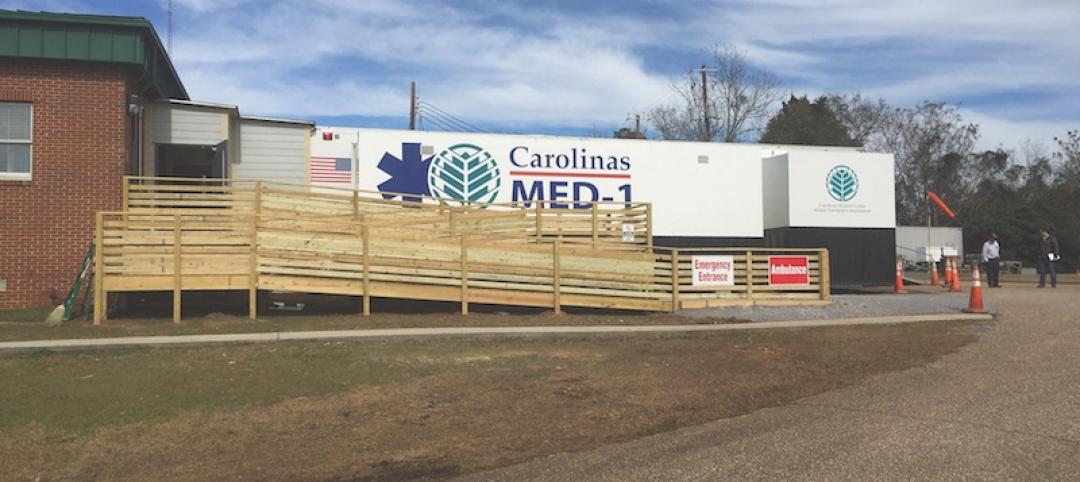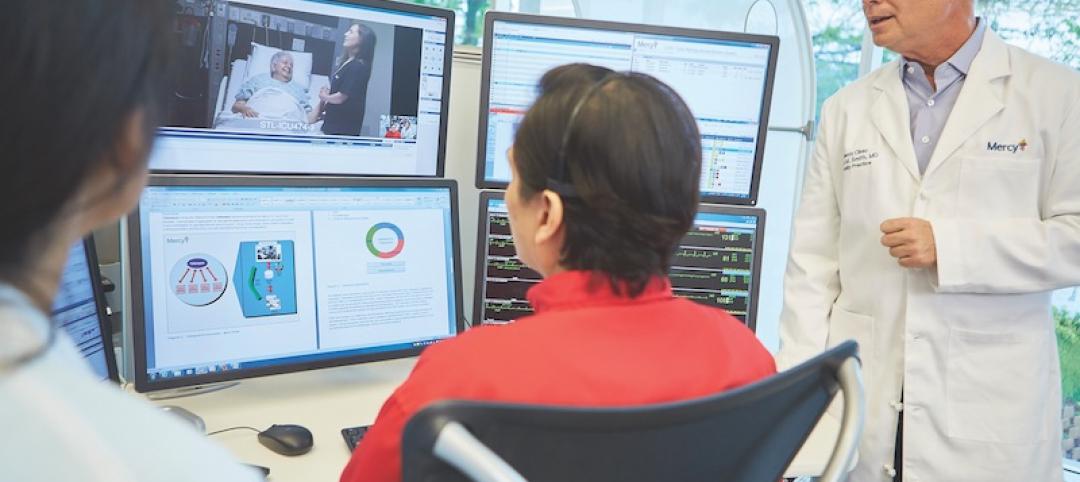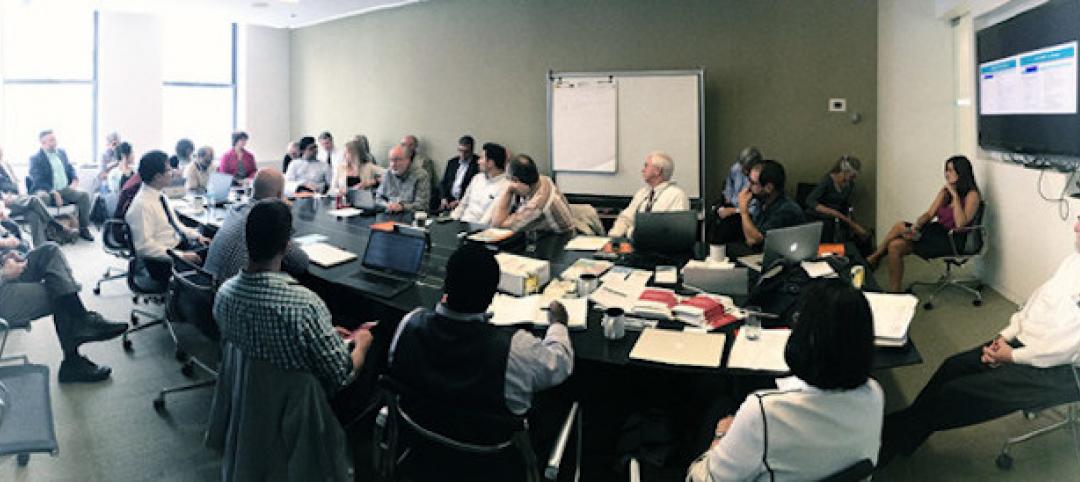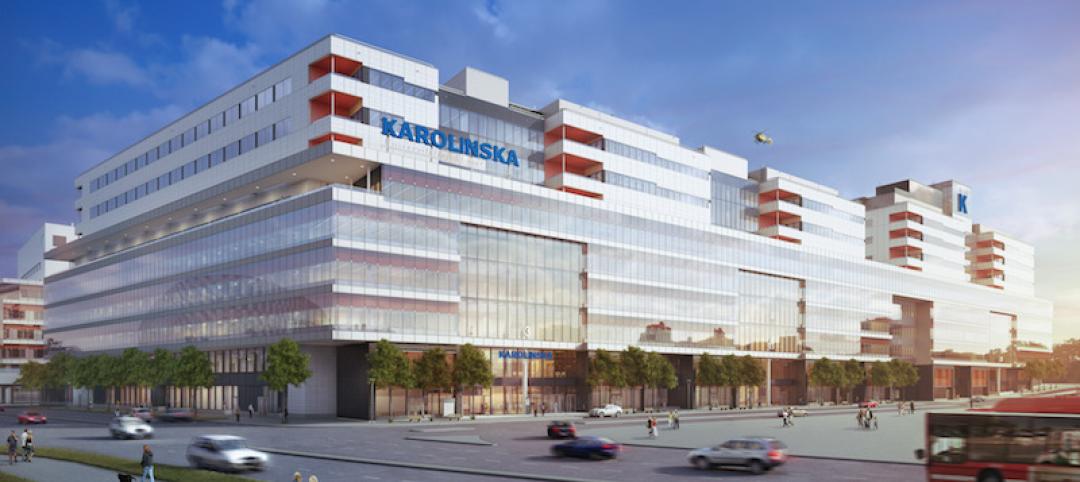Light plays an important role in human health and productivity, and there is no environment where these two factors are more dynamically connected than healthcare facilities. Hospitals are finding that upgrading to a modern LED lighting system can have a significant positive impact on almost every level of hospital function. Although LED lighting usually gets attention as a money-saving, energy-saving strategy—it can reduce lighting energy costs up to 70%—it can also bring measurable improvements to a facility’s performance in terms of patient recovery times, patient experience, medical staff performance, and staff job satisfaction. LED lighting may also contribute to reductions in accidents and errors; an increased sense of security for visitors and staff; and even better cleaning by maintenance staff. Those advantages can, in turn, yield financial benefits that go far beyond the cost of energy.
Today’s healthcare design is driven by several major pressures. Among the changes brought by the Affordable Care Act (ACA) was a link between patient satisfaction and the reimbursement rates that hospitals receive, making patient experience a bottom-line issue. Hospitals are also striving to control their spending through greater efficiency and a drive to get more usage out of limited space.
Surprisingly, better lighting can have impacts in all these areas of concern. Since most hospitals run 24/7, artificial lighting plays a crucial role in day-to-day operations. An LED smart lighting system can provide light that is not only better but also responsive to human needs and behaviors.
One can think of the hospital experience as a series of layers, each experienced by some or all of the stakeholders: patients, caregivers, family members, and non-clinical staff.
A Brighter Welcome
At healthcare facilities, exterior grounds and parking areas are typically what people encounter first. Dark or unevenly lit areas may be dangerous for security and increase the risk of slip/fall accidents. They can make arriving at the hospital stressful—bad for patient health and staff performance and productivity—and deter visitors, potentially impacting patient well-being and experience. Well-lit exteriors increase security, and the sense of security, so good lighting can be a sincere form of welcome.
The same may be said of reception areas, waiting rooms, and the corridors used by visitors and patients. A smart lighting system can adjust illumination levels according to time of day, helping maintain normal day/night body rhythms even in areas that don’t receive any natural light. Good lighting also improves wayfinding, one of the major challenges (and stressors) for hospital visitors and patients.
Light Can Help Healing
Studies over the past two decades have found abundant evidence of the connection between good lighting and patient healing. Other patient benefits may be less obvious. When McLaren Health Care System in Michigan upgraded 11 of its primary hospitals with smart LED lighting systems, they found they could reduce noise levels through control of the lighting. By dimming the lights in patient and visitor areas at certain times in the evening, they signaled that it was time to quiet down and allow patients to rest.
Doctors and nurses may also perform better under better lighting. Studies have shown that dim night-shift conditions make caregiving and medical decision-making more difficult. Since more than half of registered nurses are over the age of 50,[1] when the human eye requires three times as much light as a person aged 25, adequate light is vital for their job performance. Lighting can also affect performance and stress levels in the operating room, and error rates in dispensing medication. At McLaren Port Huron, the hospital’s housekeeping staff reported that with the improved lighting, they could “see what they’re cleaning,” a vital aspect of the fight against in-hospital infections.
Performance Boost
An LED lighting system can even increase usable space. With LED emitters (the “bulb” of an LED fixture) lasting for many years, extra spare bulbs do not have to be stocked to the extent as before, freeing up space for other types of storage. It could also mean drastically reduced maintenance times on fixtures, freeing staff for other tasks.
In healthcare, energy savings is only one of the ROIs of an LED lighting upgrade. Ultimately, the fundamental mission of the enterprise becomes more achievable. Many of the improvements affect bottom-line issues, too, by their impacts on efficiency, patient satisfaction, and job satisfaction.
References
[1] Lighting The Way: A Key To Independence, AARP 2001
Related Stories
Healthcare Facilities | Sep 6, 2016
Chicago Faucets releases white paper: Reducing the risk of HAIs in healthcare facilities
The white paper discusses in detail four options used to mitigate transmission of waterborne bacteria
Healthcare Facilities | Aug 30, 2016
The Program of All-Inclusive Care for the Elderly is making large strides
A typical PACE center is comprised of a fully functioning and equipped primary care clinic, adult day center and rehabilitation therapy gym.
Great Solutions | Aug 23, 2016
GBBN designers take on wellness research
In a new research paper, three healthcare specialists present factors that contribute to a psychological state that is receptive to healing.
Great Solutions | Aug 23, 2016
Reusable infection control barriers ease hospital renovation
Clark Construction Group pilots the Edge Guard system on the Fair Oaks (Va.) Hospital reconstruction project.
Great Solutions | Aug 23, 2016
Mobile emergency room arrives just in time for Alabama hospital
The MED-1 Mobile Hospital Unit serves as a lower-cost solution during construction of new ED.
Great Solutions | Aug 23, 2016
Virtual care facility serves remote patients, may reduce readmissions
Mercy’s new high-tech medical center equips its medical professionals to deliver care at the bedside of patients anywhere.
Great Solutions | Aug 23, 2016
11 great solutions for the commercial construction market
A roll-up emergency department, next-gen telemedicine center, and biophilic cooling pods are among the AEC industry’s clever ideas and novel innovations for 2016.
Healthcare Facilities | Aug 16, 2016
The future of healthcare design education: 5 takeaways from ACHA 2016
Creating a network of experts to talk next generation healthcare design education
Healthcare Facilities | Aug 15, 2016
Future proofing hospitals
By improving the physical layout of hospitals and medical facilities, we can enhance and increase safety mechanisms, improve care, and help reduce the exposure to medical errors, writes Skanska USA's Andrew Quirk.
Healthcare Facilities | Aug 10, 2016
11 principles for pediatric healthcare design
Engagement at all levels, designing with families in mind, and integrating flexible spaces are all important design considerations to keep in mind for pediatric healthcare planning, writes HDR's Brian Zabloudil.

















